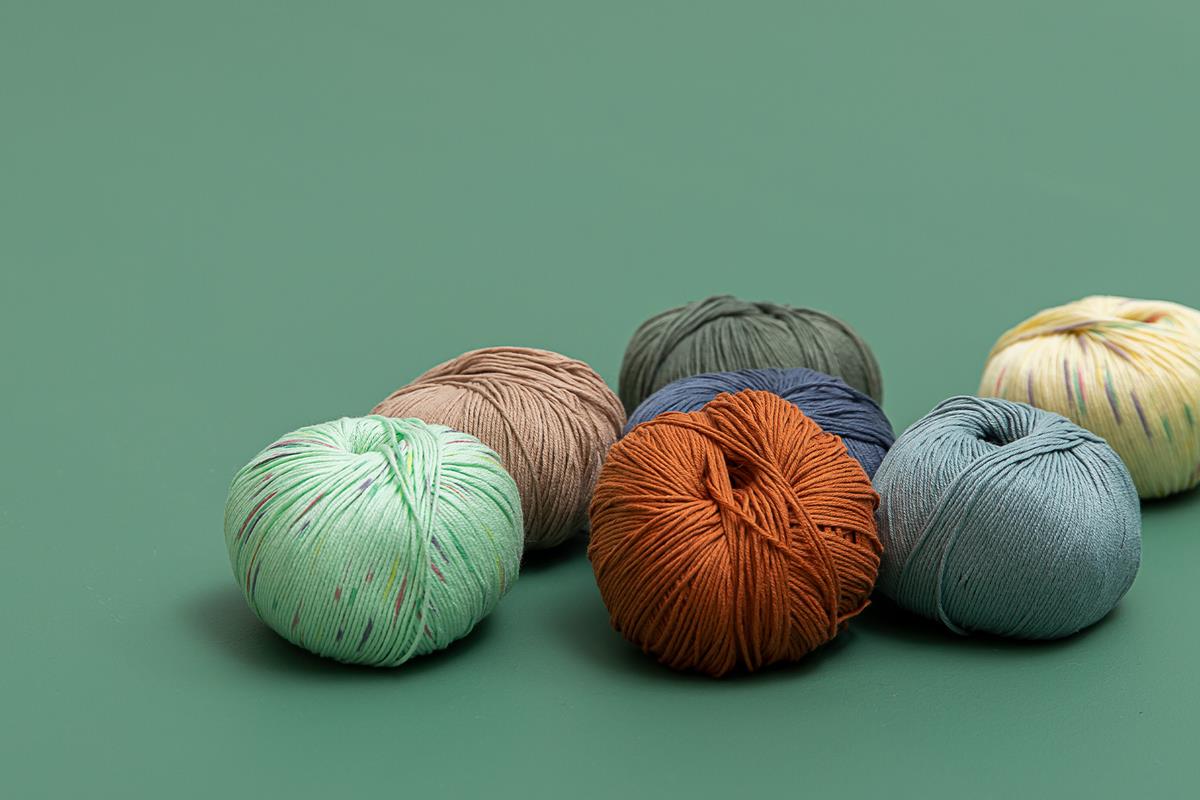You know the drill. You've bought the yarn and pattern for your next knitting project and want to get started, now! You read the pattern, which as usual mentions the knitting sample. A bit boring to knit and tempting to skip it'll be fine...
You know the drill. You've bought the yarn and pattern for your next knitting project and want to start immediately! You read the pattern, which as usual mentions the knitting swatch. A bit boring to knit and tempting to skip, it'll be fine...
Our advice: don't skip!
The gauge is crucial for your knitting project to achieve the fit and size you want. No two knitters are the same - some knit loosely, others more tightly, and yarns behave differently. So even if the knitting designer recommends a needle size and yarn quality, you're not guaranteed to get the right gauge.
In short, knitting tension is the number of stitches per 10 centimetres / 4 inches - both in height and width.
Your knitting tension depends on three things:
- Thickness of the yarn
- The size of your knitting needles
- The knitting technique used
Example of knitting tension in a pattern:
22 stitches x 30 rows = 10 cm x 10 cm in stockinette stitch on 3 mm needles.
Cast on 8 stitches more than indicated in the gauge (22 + 8 = 30 stitches) using the same needle size as in the pattern - i.e., 3 mm in this case.
Now knit your swatch as instructed in your pattern. In this case stockinette stitch, but it could just as easily be textured knit as well as cable.
Work at least 8 rows more than indicated - in this case, 38 rows (30 + 8 = 38 rows). Close all stitches.
Now measure 10 x 10 cm in the center of your swatch and compare the result with the gauge of the pattern. You can use a ruler, a tape measure or a smart Gauge Swatch Ruler.
Why cast on more stitches?
Du er nødt til at slå ekstra masker op, fordi de yderste masker opfører sig forskelligt fra den resterende strik – de kan være løsere eller fastere, hvilket kan påvirke din strikkefasthed.
Should the swatch be washed?
If your knitting pattern states that the swatch needs to be washed (and possibly blocked), it's important that you do this before measuring your gauge. Knitwear can grow - or shrink - in the wash, and if you don't take this into account, it will ultimately affect your finished result.
Too many stitches per 10 cm / 4 inches
If you have too many stitches in your swatch, try a larger needle size - you need your stitches to fill up a bit more.
If a larger needle size doesn't solve the problem, try a thicker yarn quality or use a companion yarn such as mohair.
Too few stitches per 10 cm / 4 inches
If you have too few stitches in your swatch, try a smaller needle size - your stitches should take up a little less space.
If a smaller needle size doesn't solve the problem, try a thinner yarn quality.
- Use the specified yarn - or find a suitable yarn alternative
- Cast on more stitches than indicated in the pattern - at least 8-10 more stitches
- Knit more rows than indicated in the pattern - preferably 8-10 rows
- Use the same knitting needles you will use for the project
- Don't worry about knitting tight or loose. Knit as you normally do, because that's what you'll be doing when you start your project
- Knit in the same technique that most of the project will be knitted in - there is a big difference between textured, patent, rib and stockinette, for example
- Wash the swatch! Avoid stretching and blocking your swatch if you don't do it to your finished project
- Always let your knitwear dry flat so it doesn't stretch into an inappropriate shape
- Too many stitches = go up a half to a whole needle size
- Too few stitches = go down a half to a whole needle size
